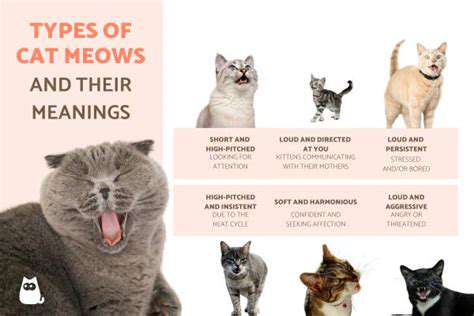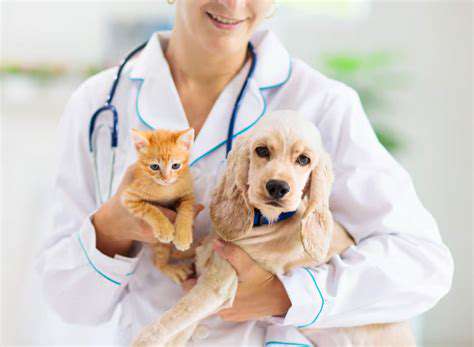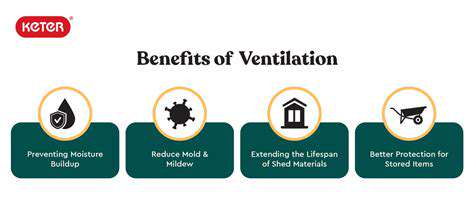Understanding Cat Meowing: What It Means

The Importance of Context: Interpreting Cat Meows in Their Environment
Understanding the Context of a Cat's Meow
Cats, despite their enigmatic nature, communicate a surprising amount through vocalizations. Understanding a cat's meow, however, hinges critically on the context in which it occurs. A seemingly innocuous meow in a quiet home can carry a completely different meaning than a persistent, demanding meow during a bustling family gathering. Observing the situation surrounding the meow—the presence of other cats or people, the time of day, and the cat's overall demeanor—is crucial to accurately interpreting its message.
Consider the environment. Is the cat alone in a quiet room, or surrounded by boisterous children? Is the cat near a window, perhaps intently watching birds or other external stimuli? These factors can offer vital clues about the source of the meow and its potential meaning. A meow directed at a human while the cat is nestled next to a favorite toy might simply mean they want attention for playing, while a meow directed at a human while the cat is hunched and hissing might signal a need for space or a request for help with something.
Environmental Factors Influencing Cat Communication
The environment plays a significant role in shaping a cat's communication style. A cat accustomed to a quiet, predictable household will likely communicate differently from a cat living in a noisy, chaotic environment. The presence of other animals, whether fellow housemates or wild creatures outside, also influences their meows. A cat might meow more frequently and intensely if it's vying for attention, defending its territory, or alerting you to potential danger.
Sudden changes in the environment can also trigger vocalizations. A new pet, a new piece of furniture, or even a change in the household routine can all cause a cat to adjust its communication patterns. Understanding these environmental factors can help us understand the specific meaning behind the meow.
The Emotional State of the Cat
A cat's emotional state is another crucial element in interpreting its meows. A content cat, lounging comfortably in a sunbeam, is unlikely to produce the same vocalizations as a distressed cat, huddled in a corner. A meow accompanied by a purr, gentle head-bumps, or rubbing against you is likely a sign of affection and contentment. A meow accompanied by hissing, flattened ears, and a defensive posture, however, might indicate fear, anxiety, or aggression.
Recognizing these subtle cues in body language, alongside the meow itself, is key to understanding the emotional underpinnings of the communication. A thorough understanding of the cat's emotional state, combined with environmental factors, will allow for more accurate interpretation of their meows.
Beyond the Meow: Other Forms of Cat Communication
While meows are a common form of feline communication, they aren't the only ones. Cats use a wide array of vocalizations, body language, and even scent marking to convey their needs and intentions. Understanding these other forms of communication, such as tail flicks, ear positions, and the use of scent glands, can provide a more holistic picture of the cat's emotional state and intentions. Pay close attention to these other signals to truly understand what your cat is trying to say.
Feline body language, from a relaxed posture to a tense one, can offer powerful insights into the cat's mental state and feelings. By paying close attention to a cat's entire communication repertoire, we can develop a deeper connection and better understand their unique needs and desires.
When to Seek Veterinary Attention
When Your Cat's Meows Change
A sudden shift in your cat's meowing habits, like a change from a soft, gentle meow to a loud, persistent one, or a complete cessation of meowing, can signal a problem. If your cat's meows are accompanied by other unusual behaviors, such as lethargy, loss of appetite, or changes in litter box habits, it's essential to seek veterinary attention immediately. These changes could indicate underlying medical conditions that require prompt diagnosis and treatment.
Similarly, if your cat's meows are accompanied by physical signs like swelling, redness, or discharge from any part of their body, veterinary intervention is crucial. A veterinarian can properly assess the situation and determine if the meowing is a symptom of a more serious health concern.
Pain and Distress
Cats are masters of masking pain, so recognizing subtle signs is key. A meow that sounds more distressed or urgent, accompanied by other indicators like limping, whimpering, or restlessness, should prompt a visit to the vet. Persistent discomfort, even if not overtly apparent, can significantly impact your cat's well-being and require professional medical attention.
Changes in vocalization, especially if combined with other uncomfortable behaviors, such as avoiding contact or changes in eating habits, can indicate pain or distress. A vet can evaluate your cat thoroughly to determine the cause and provide appropriate treatment.
Changes in Litter Box Habits
If your cat is experiencing discomfort or pain related to urination or defecation, they may exhibit changes in their litter box habits, often accompanied by unusual meows. These changes could be signs of urinary tract infections, kidney disease, or other underlying medical conditions. A vet can diagnose the problem and recommend the appropriate course of action to alleviate discomfort and improve your cat's health.
Sudden or Persistent Vomiting and Diarrhea
Vomiting and diarrhea in cats, particularly when accompanied by meows that sound distressed or urgent, are serious concerns that necessitate immediate veterinary attention. These symptoms could indicate various gastrointestinal issues, infections, or even more severe medical conditions. Prompt veterinary care is crucial to identify and treat the underlying cause and prevent further complications.
If your cat is exhibiting persistent or recurring vomiting or diarrhea, coupled with changes in their meowing patterns, it's essential to seek professional veterinary advice. A vet can perform necessary tests and recommend appropriate treatment options to restore your cat's health and well-being.
Read more about Understanding Cat Meowing: What It Means
Hot Recommendations
- Review: [Specific Brand] Small Animal Cage
- Why Rescuing Pets Saves Lives
- Best Pet First Aid Kits [What to Include]
- How to Help Stray Animals in Your Community
- Guide to Adopting a Pet When You Have Kids
- Top Reptile Heat Lamps
- Heartwarming Rescue Stories That Will Inspire You
- Review: [Specific Brand] Bird Cage
- Best Aquarium Filters [2025 Review]
- Review: [Specific Brand] Smart Litter Box





![My Story of Rescuing a Bird [Story]](/static/images/33/2025-06/ATriumphantReturntoFreedom.jpg)



![My Pet's Fear of [Specific Thing] [Story]](/static/images/33/2025-07/ThePowerofPositiveReinforcementandPatience.jpg)
![My Experience Adopting a Fearful Dog [Story]](/static/images/33/2025-07/TheTransformation3AAConfidentCompanionEmerges.jpg)
